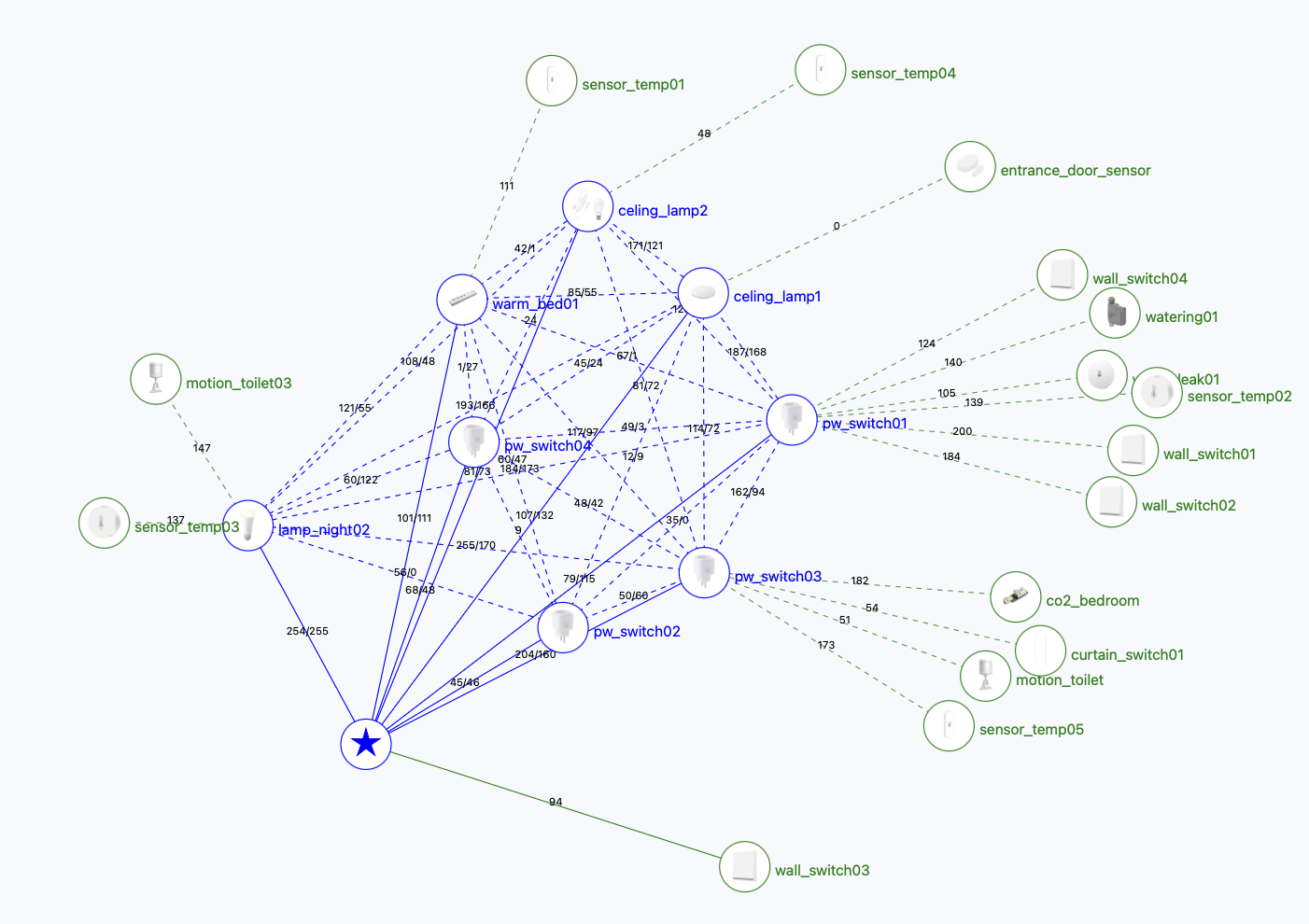Which Smart Home Controller to Choose: My Setup
People often ask: “What should I base my smart home on?” Over the years, I’ve settled on a setup that’s reliable, local, and efficient. Here’s why I run a Raspberry Pi 4 inside a fanless case combined with a Zigbee USB dongle, and why I steer clear of Wi‑Fi devices.
What matters most
When choosing a smart home controller, I focus on a few key points:
- Local control: The system should work without relying on the internet.
- Reliability: It needs to run smoothly with minimal restarts and no hidden cloud dependencies.
- Expandability: It should be easy to add components like Zigbee2MQTT, ESPHome, databases, and dashboards.
- Energy efficiency: Since it runs 24/7, it must stay quiet.
Why Raspberry Pi 4 with a fanless case?
For the “brain” of my smart home, the Raspberry Pi 4 hits the sweet spot. It’s powerful enough to run Home Assistant, Zigbee2MQTT, and a few other services without breaking a sweat. To keep things silent and dust-free, I use a fanless aluminum case that doubles as a heatsink. For example, this fanless aluminum case for Raspberry Pi 4 works great.
